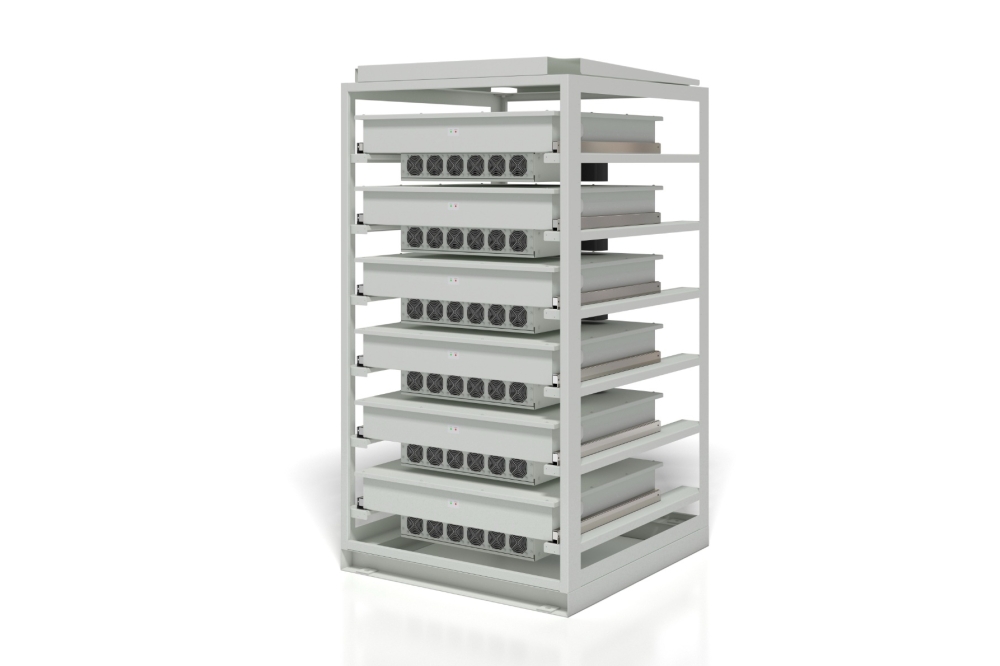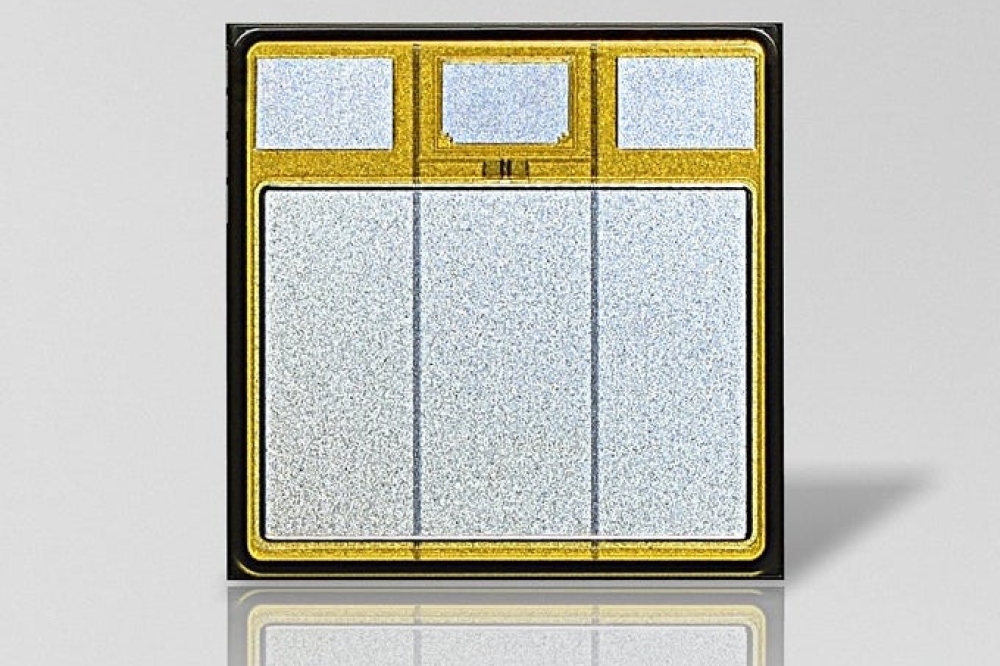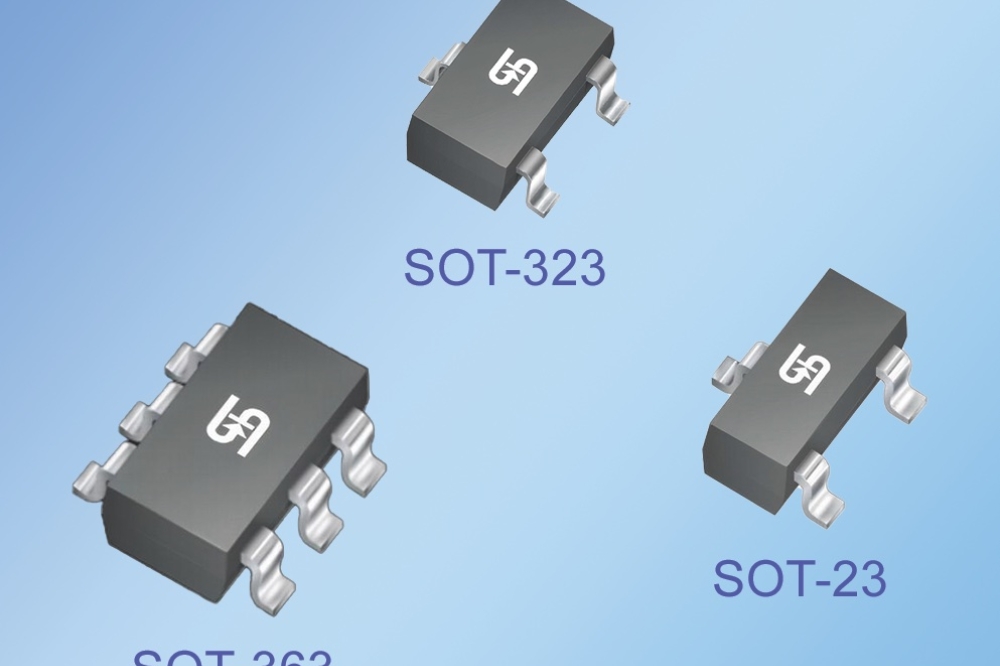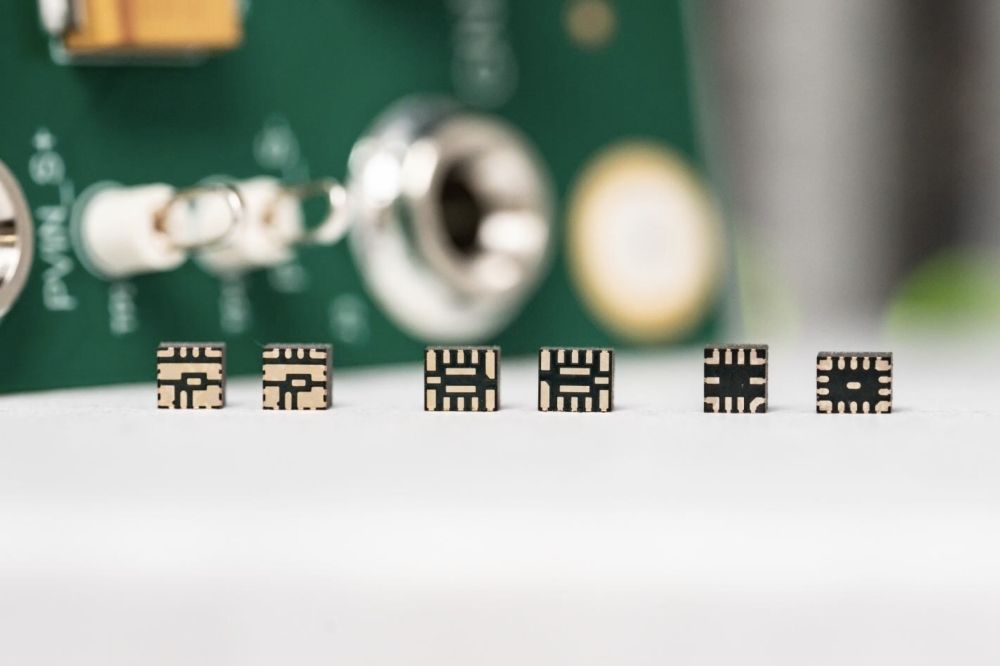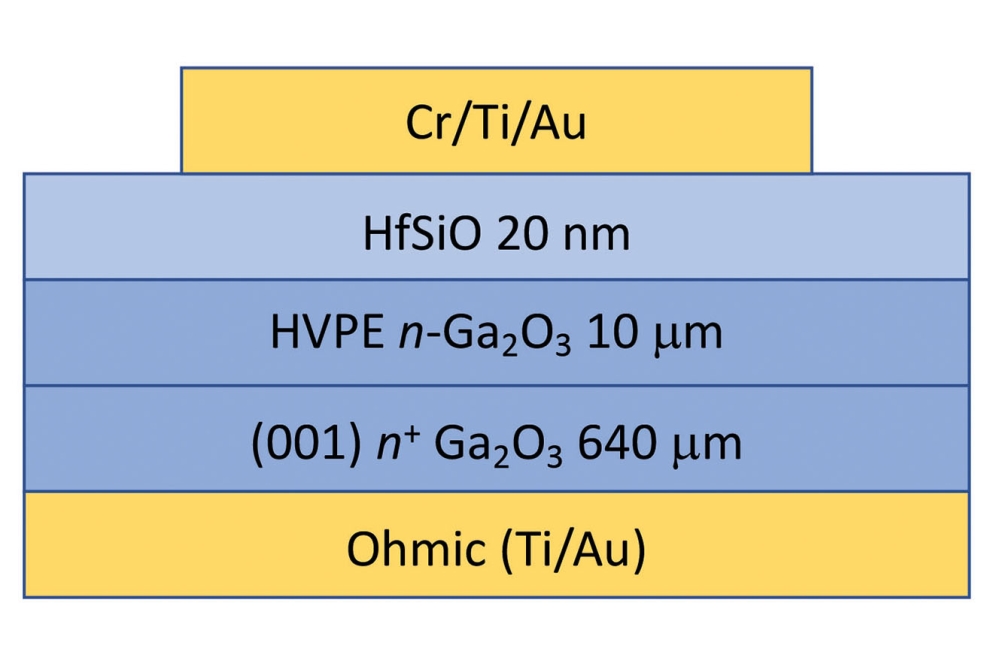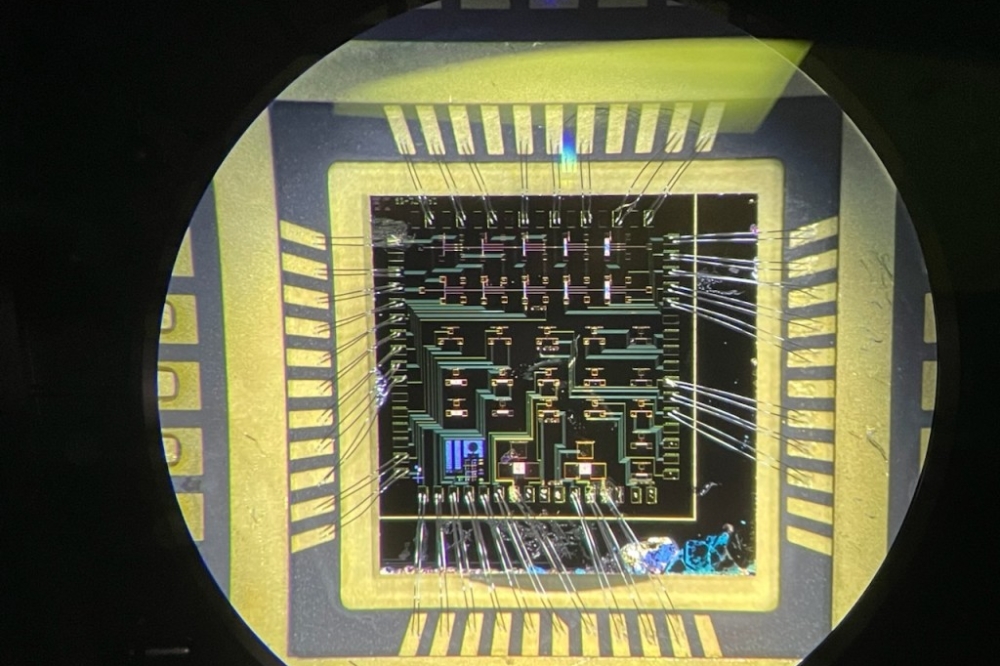Toshiba LDO regulators help lower standby power

New TCR1HF series features a typical stand-by current consumption of 1uA
Toshiba has launched the TCR1HF series of LDO regulators that deliver high voltages, a wide input voltage range, and what is believed to be the industry’s lowest stand-by current consumption. The first three products in the new series, TCR1HF18B, TCR1HF33B, and TCR1HF50B, which offer output voltages of 1.8V, 3.3V, and 5.0V, respectively are shipping.
To reduce the power consumption of an electronic product in a standby mode when using a power supply circuit with an LDO regulator, it is necessary the power supply is directly connected to the LDO regulator, and power consumption is reduced by turning off the internal circuit.
The new products support a wide input voltage range of 4V to 36V, which allows them to connect to the 4V to 20V power supply used for USB PD, and to 24V power supply. They feature a stand-by current consumption of 1uA (typ.). A fast load transient response of -60mV/+50mV (typ.) ensures they deliver stable output voltage during the sudden change in current when a product transitions from stand-by to an operating state.
A reference design using the new product is also available.


